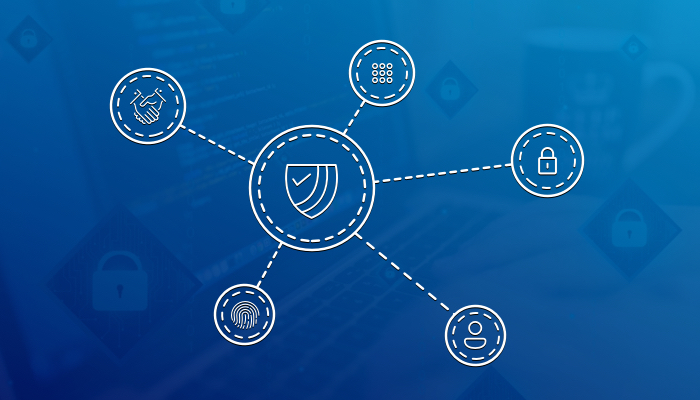Why Zero Trust in IAM is The Future?
Zero Trust in IAM is a new boon that organizations leverage due to complicated security postures.
Organizations are increasingly adopting cloud-based services.
With this, multiple end-users and employees are trying to access an organization’s resources, increasing the security risk of a system.
So, companies should redefine their organization’s security strategy and should incorporate IAMs that run on the Zero Trust Model.
Let’s now dig into what the Zero Trust Model is and how this benefits you.
What is the Zero Trust Model?
It is a security framework that helps secure a company, which leverages cloud and mobile technologies.
It declares that a company cannot trust any user or application by default.
Forrester pushes this security model that provides a comprehensive defense by restricting access controls to applications, networks, and other organizational resources without sacrificing user experience (UX).
Only the authorized individual or employee who can prove his or her identity will get the chance to gain access to the organization’s resources, apps, and networks.
According to Market Research Future (MRFR), by 2025, the Zero Trust Model market will be worth 32.15 billion USD at 15.4% CAGR.
This hike is because every organization is realizing the increased incidence of targeted cyber-attacks.
Also, new & mandatory data protection regulations and information security policies are the driving factors in every industry opting for the Zero Trust principle through IAMs.
Almost all identity and access management (IAM) solutions leverage this model within their system for better security against data and resources.
Benefits of Implementing Zero Trust Model through IAM:
When it comes to cyber security, a slight misconfiguration can cost a heavy penalty.
Although, according to traditional security models, internal security is safe – this is a myth.
According to Verizon, 30% of data breaches and attacks are due to internal threat actors.
The Zero Trust model is thus one of the best security postures, which emphasizes that no one is trustworthy and needs periodic authentication to prove who they actually are.
Let us now take a look at the different benefits the Zero Trust model caters to when enforced in an IAM system.
#1. Enable Frictionless Access:
Although the Zero Trust model will ask you to authenticate yourself at different accessibility points within the organization’s system…
…it uses other IAM features such as federated SSO, biometric authentication, and hardware-based authentication to render frictionless authentication.
#2. Renders Greater Visibility:
As we know, IAM is a centralized security system and caters to high visibility, the Zero Trust principle within the IAM also leverages it.
Since the Zero Trust model never trusts anyone, you will need to prove yourself wherever you roam within the network.
That allows the security team to gain greater visibility of a user over the organization’s network.
#3. Improves Security and Protection:
Of course, this security model caters to better security and data protection by combining the principle of least privilege (POLP) & just-in-time (JIT) access.
When both these techniques work closely, it helps prevent unauthorized employees and auto-attack bots from acquiring access to an organization’s resources.
#4. Provide Robust Security to The Remote Workforce:
Due to the sudden shift to the remote work environment, organizations and their employees are worried about the new vulnerabilities and risks that they will face.
However by implementing the Zero Trust model, employees’ digital identity becomes the security perimeter.
So, every time the employee wants to remotely access any organization’s resource, he or she will have to authenticate by exchanging some digital identity managed by IAM.
#5. Spontaneous Compliances:
IAM can cater to full compliance by leveraging the Zero Trust model, where every access request gets evaluated and logged.
Through IAM, the Zero Trust principle keeps track of the time, applications, location, and other metadata associated with each access request for creating a seamless audit trail.
This model ultimately helps the organization to stay aligned with security and privacy compliances.
Conclusion:
We hope this blog has given you a clear idea about the Zero Trust model, the benefits it caters to and why most IAMs come with this security principle.
It also helps to secure the cloud-based systems and leverages IAM to provide a unified cloud security ecosystem for organizations.
Secure your organization right now – Start 15 Days Free Trial

